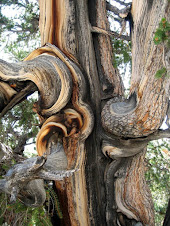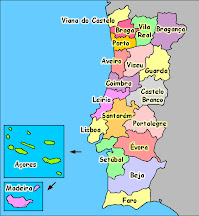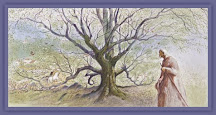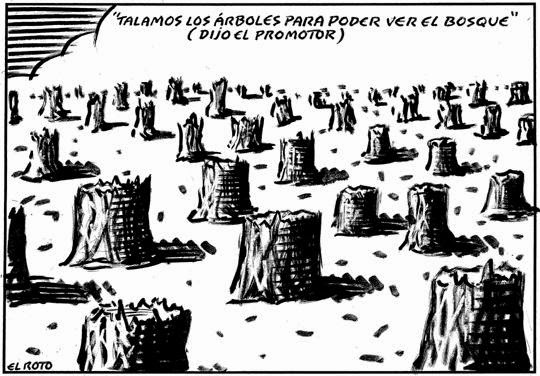como nunca se habían visto, de "Lebanon Culture"


El cedro puede ser el emblema de la bandera libanesa, pero representa mucho más que eso. Por lo que la historia nos puede recordar, el cedro ha sido apreciado por su belleza, su majestad, su misticismo y por sus poderes curativos.


Cedrus libani (Lebanon Cedar or Cedar of Lebanon), is an
evergreen coniferous tree growing up to 40 m tall, with a trunk up to
2.5 m in diameter. The crown is conic when young, becoming broadly
tabular with age with fairly level branches. The cedar of Lebanon is a
plant of cold high mountainous regions.it occurs most abundantly at
altitudes of 1,000-2,000 m.
Cedrus
libani (Cedro del Líbano), es un árbol conífero de
hoja perenne que crece hasta 40 m de altura, con un tronco de hasta 2,5 m
de diámetro. La corona es cónica cuando es joven, siendo ampliamente tabular con la edad con ramas bastante niveladas. El cedro del Líbano es una planta de frías regiones montañosas altas.
Se produce más abundantemente a altitudes de 1.000-2.000 m.


En el pasado, las montañas libanesas estaban cubiertas de cedros. De hecho, los cedros del Líbano formaron un gran bosque. Lamentablemente, y debido a la deforestación y la explotación excesiva, todo lo que queda hoy son 18 dispersas manchas de cedro protegidas. En total, los bosques protegidos (Cedros y otros) representan aproximadamente del 4 al 8% del territorio libanés.


























No hay comentarios:
Publicar un comentario